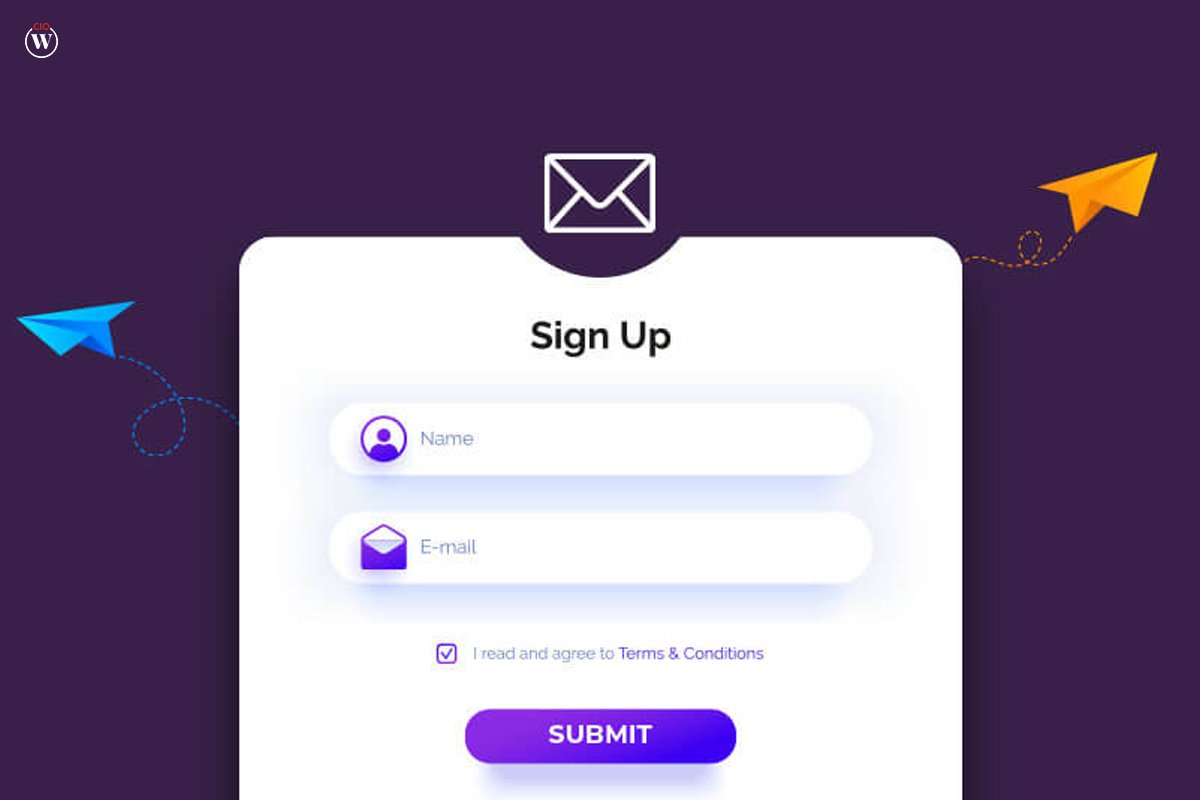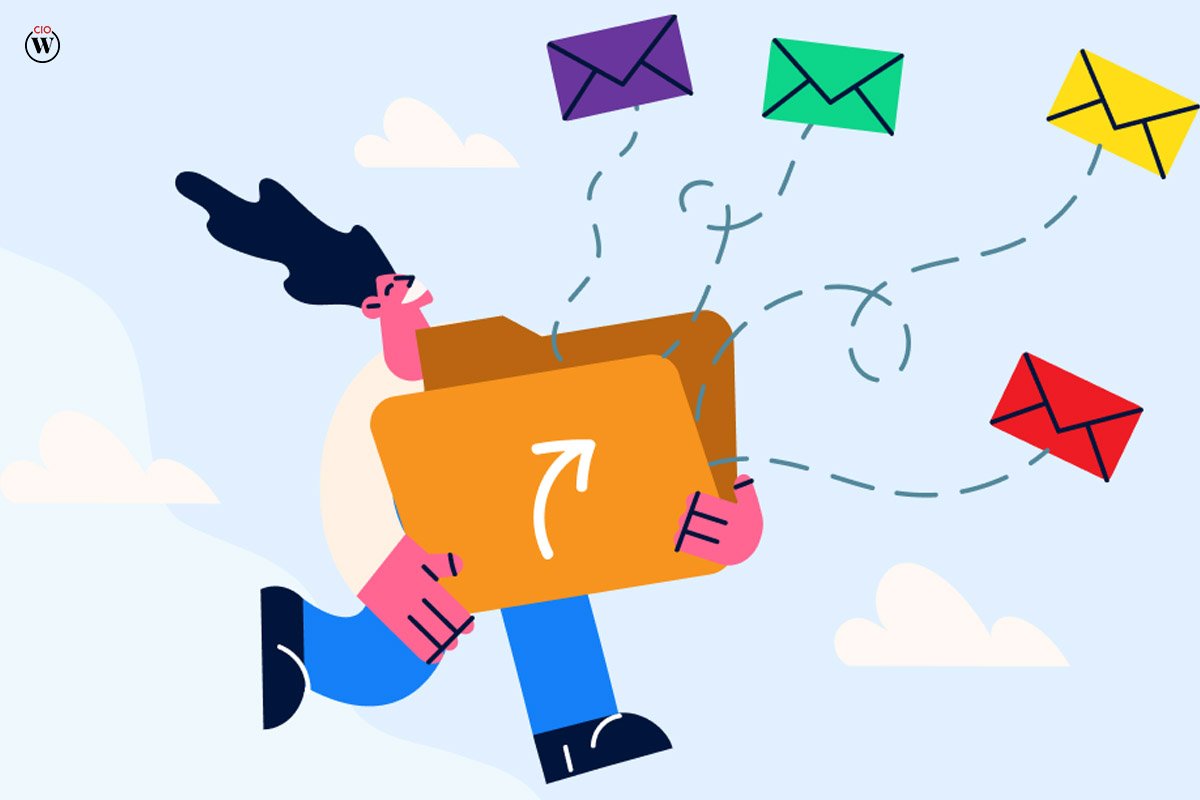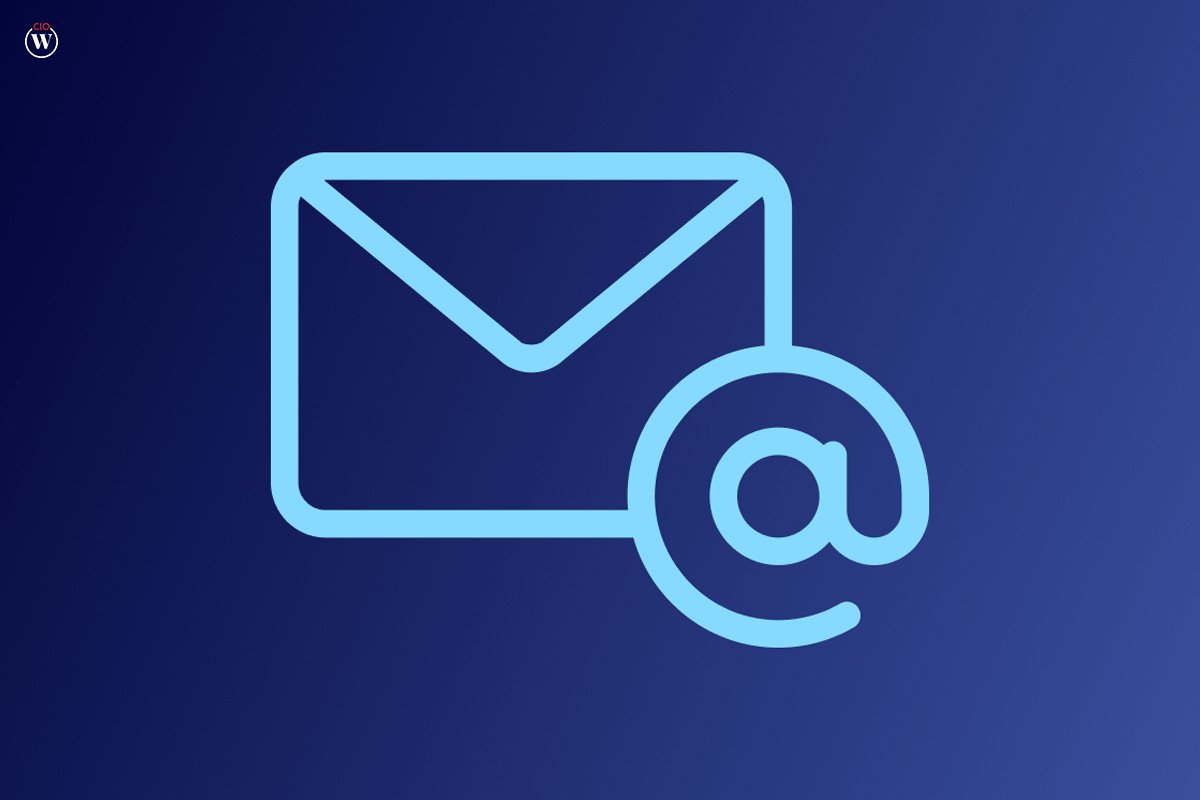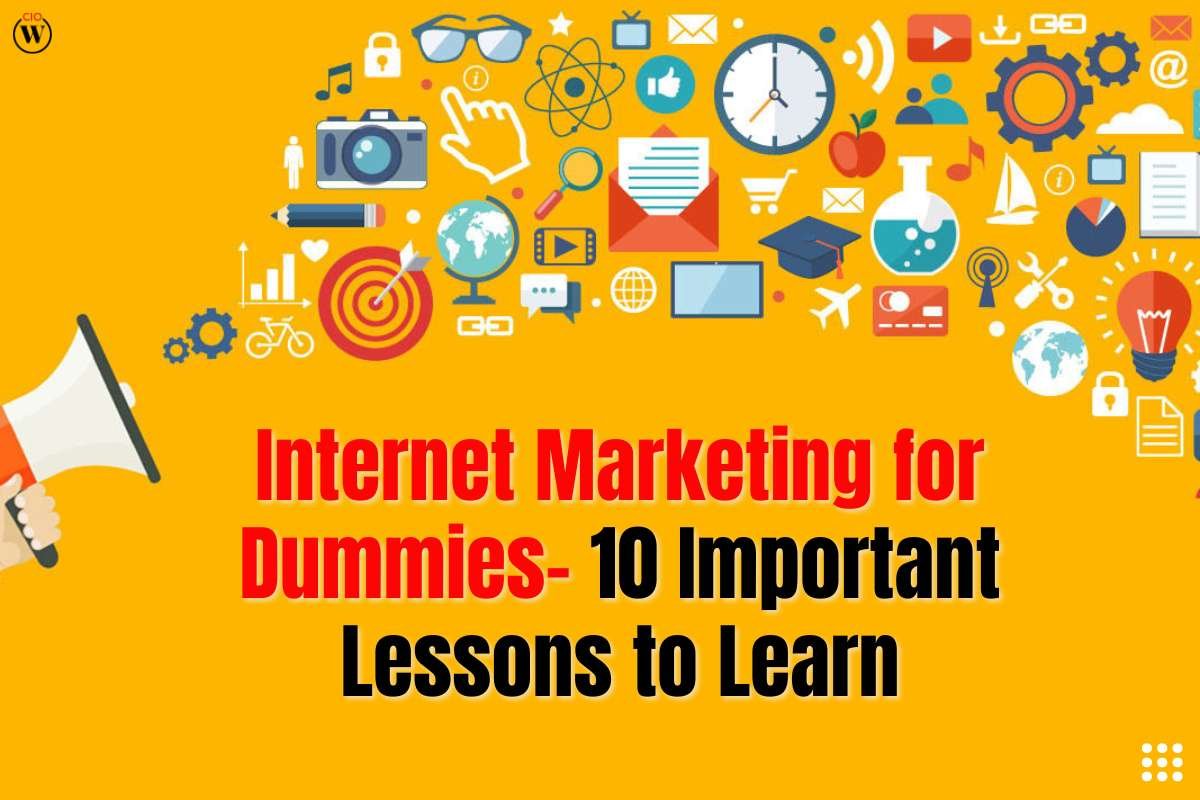How would you feel if a brand kept sending you emails about things going on in other countries? Or what if an author kept trying to sell you an ebook you’d already bought from them?
You’d probably end up feeling, at best, spammed and, at worst, frustrated. This is why you need to divide & Tag Management To Scale Your Email Marketing into segments. Customers are more likely to interact with your content if they feel like you know them and understand them.
This guide will help if you’re impressed by perfectly timed welcome sequences, geotargeted emails, and messages that are based on your browsing history, but you’re scared of how to send these kinds of emails to your audience. We’ll talk about how you can use ConvertKit’s Subscriber Preferences, tag management, and audience segmentation to better serve your audience and grow your small business to Tag Management To Scale Your Email Marketing.
Understanding Tag Management, Segmentation, and Subscriber Preferences
More brands are putting money into personalization using customer profiles and preferences, location, past purchases, and segments.
Personalizing emails is common because it works. People like emails that seem like they were made just for them. And the Subscriber Preferences, Tagging, and Segmentation features will help you do that Tag Management To Scale Your Email Marketing.
But first, we need to know what these features are and why they’re helpful.
Tag Management
Tags let creators organize their subscribers in any way they want. For example, you can create Tag Management To Scale Your Email Marketing to group subscribers by the products they’re interested in, the incentives they sign up for, the items they’ve bought, or even where they live.
Adding a Tag Management To Scale Your Email Marketing to a subscriber lets you send them products and services that match their interests in the future. This is very useful if you serve people with different tastes.
With tags, you can avoid pitching people products they’ve already bought.
Intrigued? Thankfully, it’s easy to tag subscribers. You can tag subscribers as they sign up or tag subscribers who have already signed up. Here are the steps.
How to Tag New Subscribers?
You can use Tag Management To Scale Your Email Marketing to new subscribers in one of two ways:
1. Sign-up forms:
Create a checkbox field on your sign-up form so that people can choose which category they belong to. First, you will need to create new tags in the Grow > Subscribers tab. Then, go to Grow > Landing Pages and Forms and create a new form. As shown in the image below, you can add a new field to your form.

Visitors are automatically tagged when they check a box during sign-up. This method works best on landing pages with more room for checkboxes. But it might not be the best way to Tag Management To Scale Your Email Marketing to everyone because you might not have enough space on all your sign-up forms for people to choose their preferences. But it’s worth a shot if you only want to use it for one landing page.
2. Automation:
This method is easier for subscribers to use. You’ll need to set up automation on the Automate > Visual Automation tab.
When that’s done, click New Automation > Start from Scratch.
Next, add a point of entry. If you choose to Tag Management To Scale Your Email Marketing everyone who signs up through a certain form, this form will be your starting point. As an entry point, you can also choose a Purchase or Custom Field.
You can choose up to five entry points for your automation with ConvertKit. You can add them after you’ve set up the automation.
Then, choose the Tag Management To Scale Your Email Marketing that should be sent to people who sign up through that entry point. You can pick one that already exists or make a new one right there. Once that is done, every new subscriber from that form will be automatically tagged.
Then, choose your trigger and the action that goes with it, and click “Save.” All done!
How to Tag Existing Subscribers?
In the right pane of Grow > Subscribers, there are Segments, Tags, and Products. Find Make a Tag Management To Scale Your Email Marketing in the Tags section.
Once you’ve made the tag, you can add subscribers to that category. Click Bulk Actions > Add Tag and choose the subscribers you want to tag.
You’ll be asked to choose a tag from your list. Choose the right one and click Save. They’ve been tagged.
Tags can also make using features like Automation and Sequences easier. For example, you can tag cold (or unresponsive) subscribers and add them to an unsubscribe Sequence to boost your open rates and get rid of subscribers who aren’t interested.
You can also Tag Management To Scale Your Email Marketing subscribers who have bought a product and add them to a nurturing sequence that helps them get the most out of it. This is a great way to stay in touch and keep customers.
Audience Segmentation
Audience segmentation is similar to tagging in that it is also about putting subscribers in order. But segmentation is a higher-level concept. It means separating your audience into larger groups or sections so you can give them more personalized information.
On the Grow > Subscriber page, you can also create segments.
You can get very specific about your segment details with ConvertKit. You can divide users into groups based on their location, Tag Management To Scale Your Email Marketing, or even when they signed up. You can use the filters to include some or all of your subscribers, in addition to organizing based on criteria.
For example, you might want to send an email to everyone who signed up but only to those who signed up before or after a certain date. Adding another filter group makes it easy to do that.
Segments Vs. Tags: What’s the Difference?
If you still can’t tell the difference between tags and segments, think of them as folders inside folders. Tag Management To Scale Your Email Marketing is a way to organize your subscribers, and segments are a way to organize your tags and organize your subscribers based on larger criteria.
Don’t know if you should use a tag or a segment? Use Tag Management To Scale Your Email Marketing to organize things based on a single factor. Use segments if you need to divide things into groups based on more than one factor.
So, if you want to mark a subscriber as only being interested in vegan recipes, you could just use Tag Management To Scale Your Email Marketing and be done with it. But if you want to put them into groups based on their interest in vegan recipes and where they live, segmentation is a better choice.
Subscriber Preferences
The Subscriber Preferences is one of ConverKit’s newest features. This lets users control what kind of content they get from you.
If tagging and segmenting sound like too much work for you, this might be a simpler option since your subscribers can choose the topics that interest them. Also, letting subscribers customize the content they want to see may help reduce the number of people who unsubscribe since they can just opt out of certain types of communication Tag Management To Scale Your Email Marketing.
Are You Ready to Add Subscriber Choices? Here’s What You Should Do.
Choose Manage Subscriber Preferences under Grow > Subscribers.
Here, you’ll have to come up with interesting topics. A topic of interest is a content category or topic that you make. If you’re a fashion blogger, this could be things like jewelry, clothes for kids, or shoes.
There must be a Tag Management To Scale Your Email Marketing for every topic of interest. This means that when a subscriber shows interest in a certain topic, they are automatically marked to get information about it, without you having to do anything.
One thing to keep in mind, though: If your tags are already linked to automation, you might want to create new Tag Management To Scale Your Email Marketing to map your topics of interest. This stops things from being done more than once.
For example, let’s say that all readers who are tagged as “vegan food” are set up to receive a unique welcome email sequence. If an old subscriber who has already received the Sequence decides to change their preferences, they might be sent back into the same Sequence automatically. This would not be a good thing.
At the bottom of each email you send is a link that says “Update Preferences.” When readers click on it, they will be taken to a list of topics that may be of interest to them. You can also ask subscribers to change their choices by adding the link ” subscriber preferences URL” to the URL box.
How to Form Your Tags?
The tips in this post should have given you a lot of ideas for how to send more personalized emails to your audience. But if you’re still looking for tips on how to organize your Tag Management To Scale Your Email Marketing, we have some examples of different systems to give you ideas. Even though our examples are made for certain kinds of creators, you can change them to fit your needs.

Using Tags as a Blogger
As a blogger, your website probably has several opt-in forms with different incentives. You probably also have different blog categories and topics, so a good way to organize your tags would be to use the entry forms and categories as a guide.
If you have a blog about photography, for example, you might have different Tag Management To Scale Your Email Marketing for:
People who signed up on your FAQ or contact pages could become customers.
People who are interested in your reviews of photography gear or your ebook course
Photographers who bought your presets for Lightroom
This also works for bloggers in other fields.
How a Coach Should Structure Tags?
If you’re a coach who only offers one service, it might be more profitable to group your subscribers by where they are in the customer journey. This would mean:
The lead could be a first-time visitor or someone who heard about your business from someone else and signed up to stay in touch.
The regular reader who likes your blog posts and has signed up for a freebie in the past. Clients who have bought products from your site and have a login or a purchase profile.
You can also Tag Management To Scale Your Email Marketing to these subscribers based on how they signed up, what they bought, and how they interacted with any welcome sequences you set up.
Ways to Tag Your Audience as a Musician
Most musicians get in touch with their fans to tell them about new music and tour dates. If you are a musician, you might want to focus on geotargeting for these releases and events. You can also Tag Management To Scale Your Email Marketing by purchase history, just like you can with many other types of creators.
This could mean telling people in a certain country or continent about an event with short notice and then spreading the word more when your audience will have more time to plan trips if needed.
You can also use your fans’ purchase history to send them personalized information, like when new versions of their favorite albums are out or news about the concert tickets they bought.
How an Educator Can Use Tags?
Just like bloggers, educators can Tag Management To Scale Your Email Marketing to their subscribers based on the entry form, categories, courses, and digital products they’ve bought, and the preferences they’ve told them about.

You could, for example, tag subscribers who join a waitlist for a course or who are interested but not ready to pay for a course yet. Maybe they’ve put it in their basket but haven’t made a decision yet.
You can also mark them based on the courses and digital products they’ve bought and send them information about the course, related products or webinars, and freebies to Tag Management To Scale Your Email Marketing.
Lastly, with Subscriber Preferences, subscribers can also say which topics are most interesting to them.
Structuring Tags as a Maker
Makers get a lot out of letting customers say what they want. You can also Tag Management To Scale Your Email Marketing subscribers based on what they left in their shopping carts and what they’ve bought in the past.
This way, you can let them know about new similar items in their favorite categories, items that go well with what they’ve already bought, or just remind them to check out their cart items.









